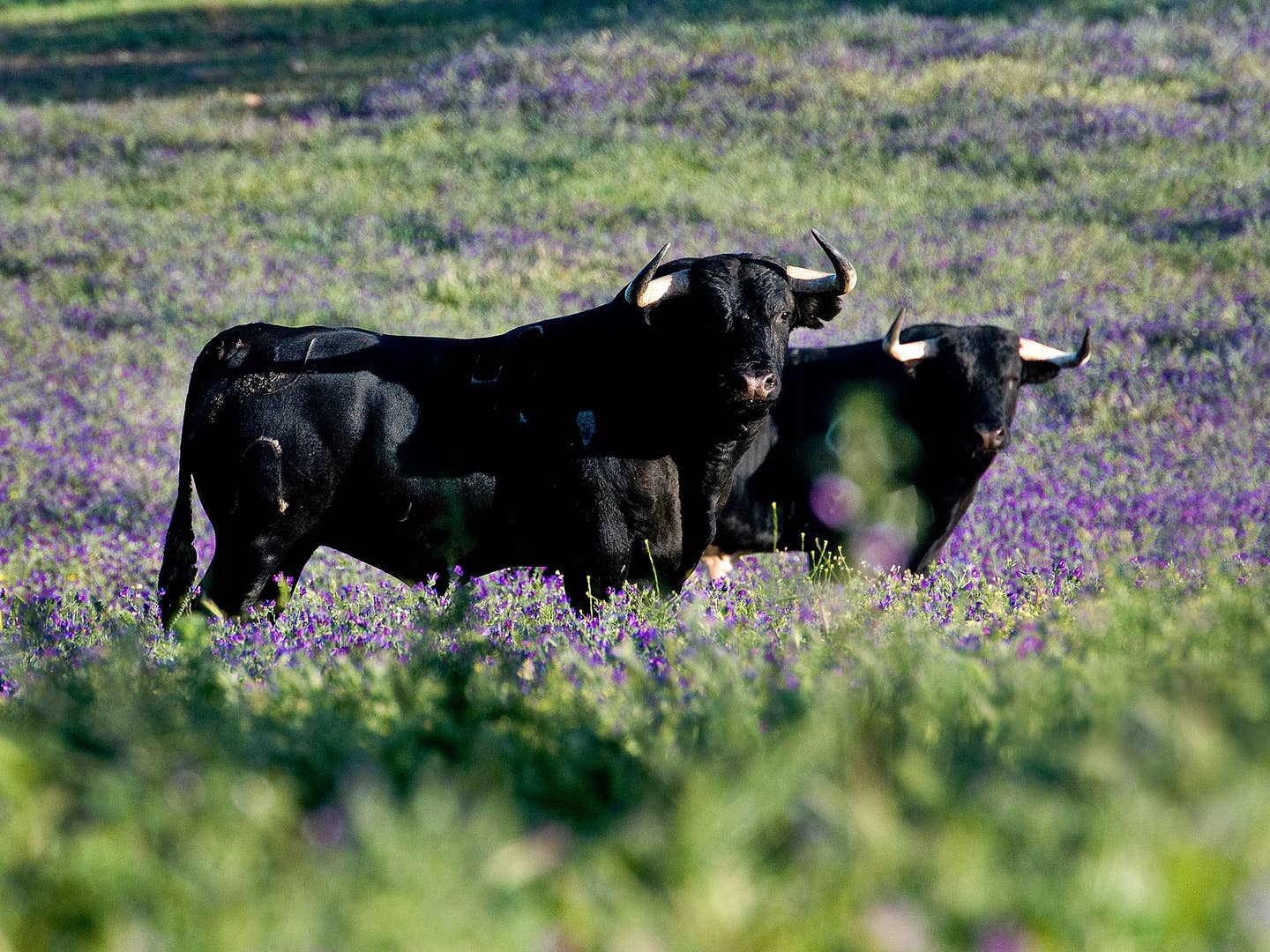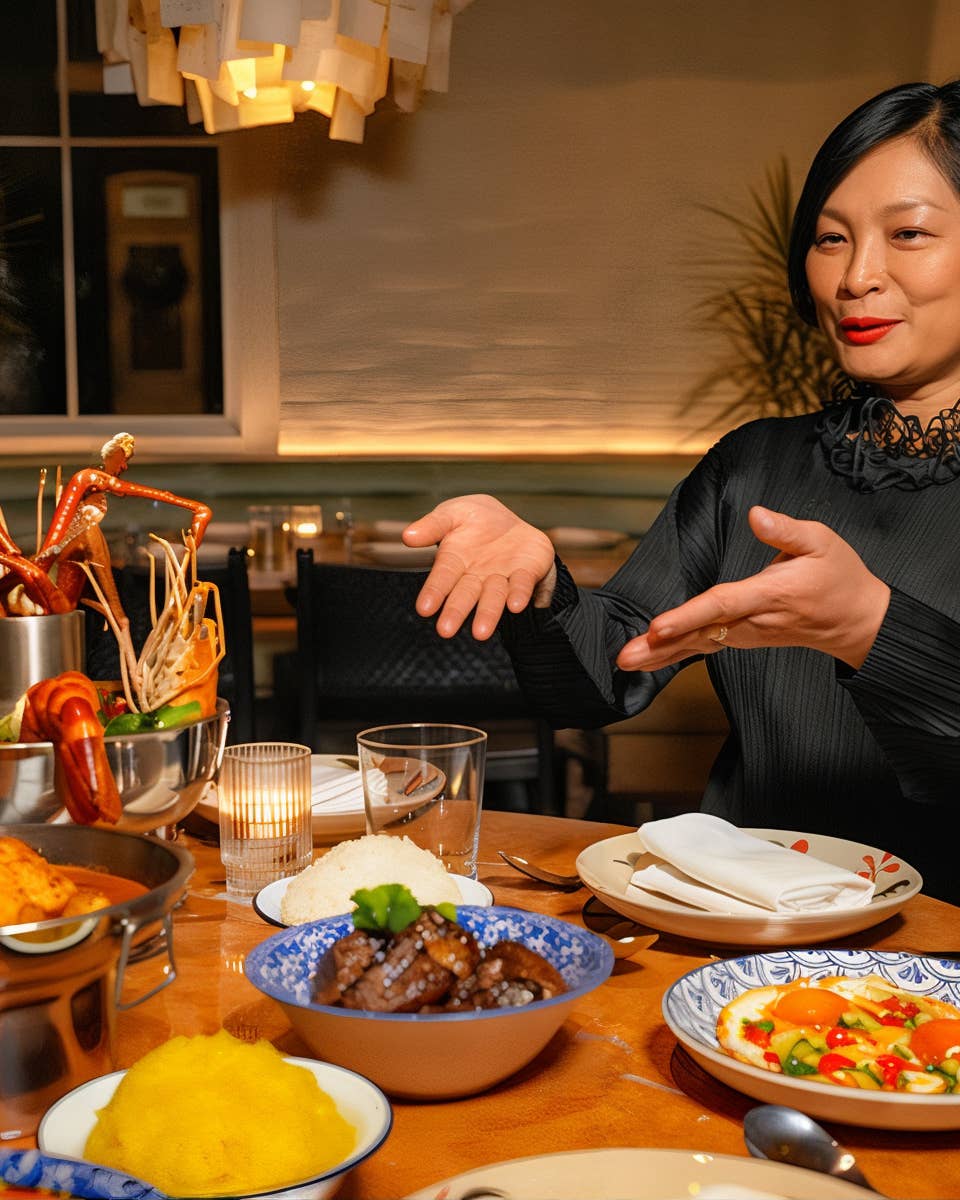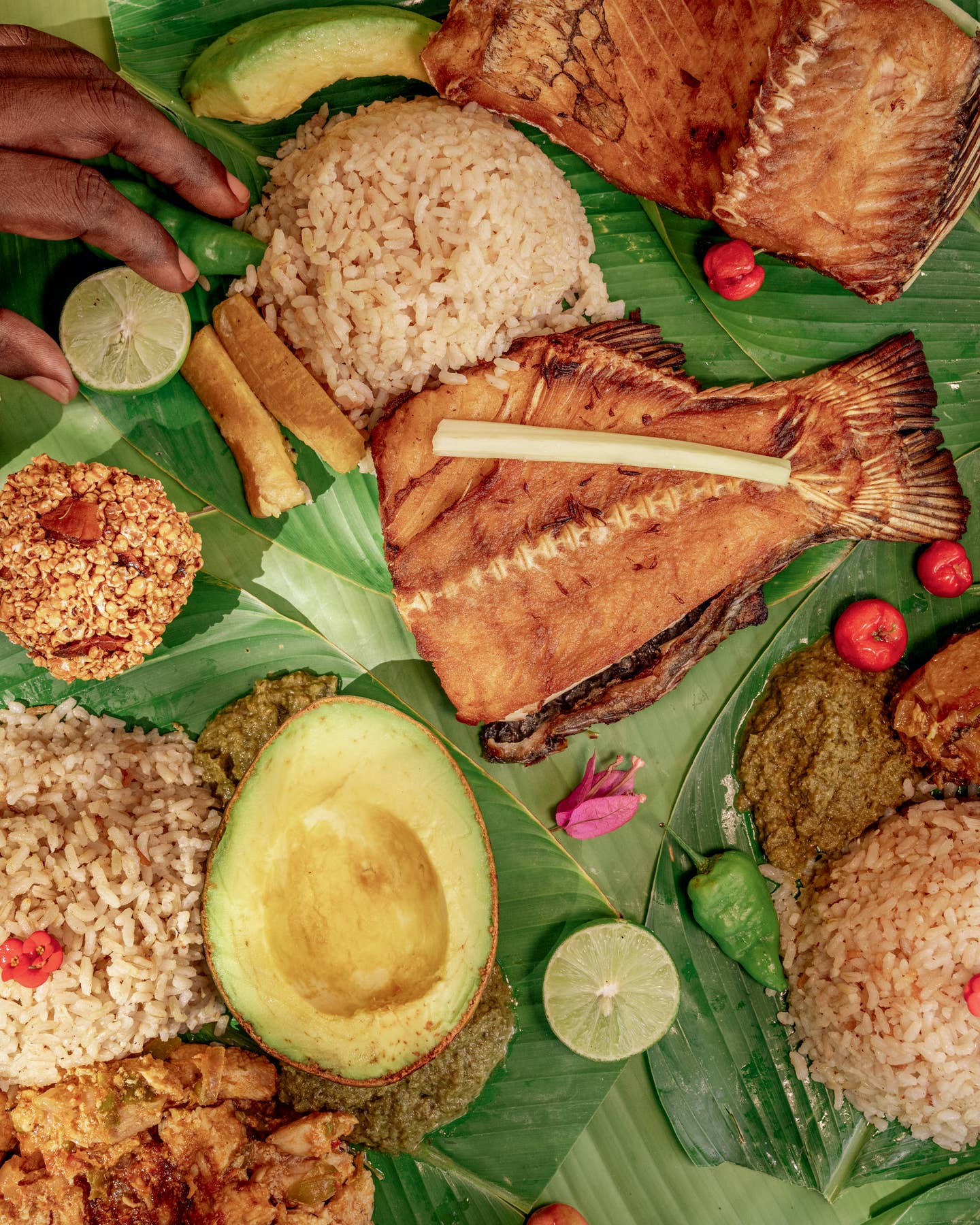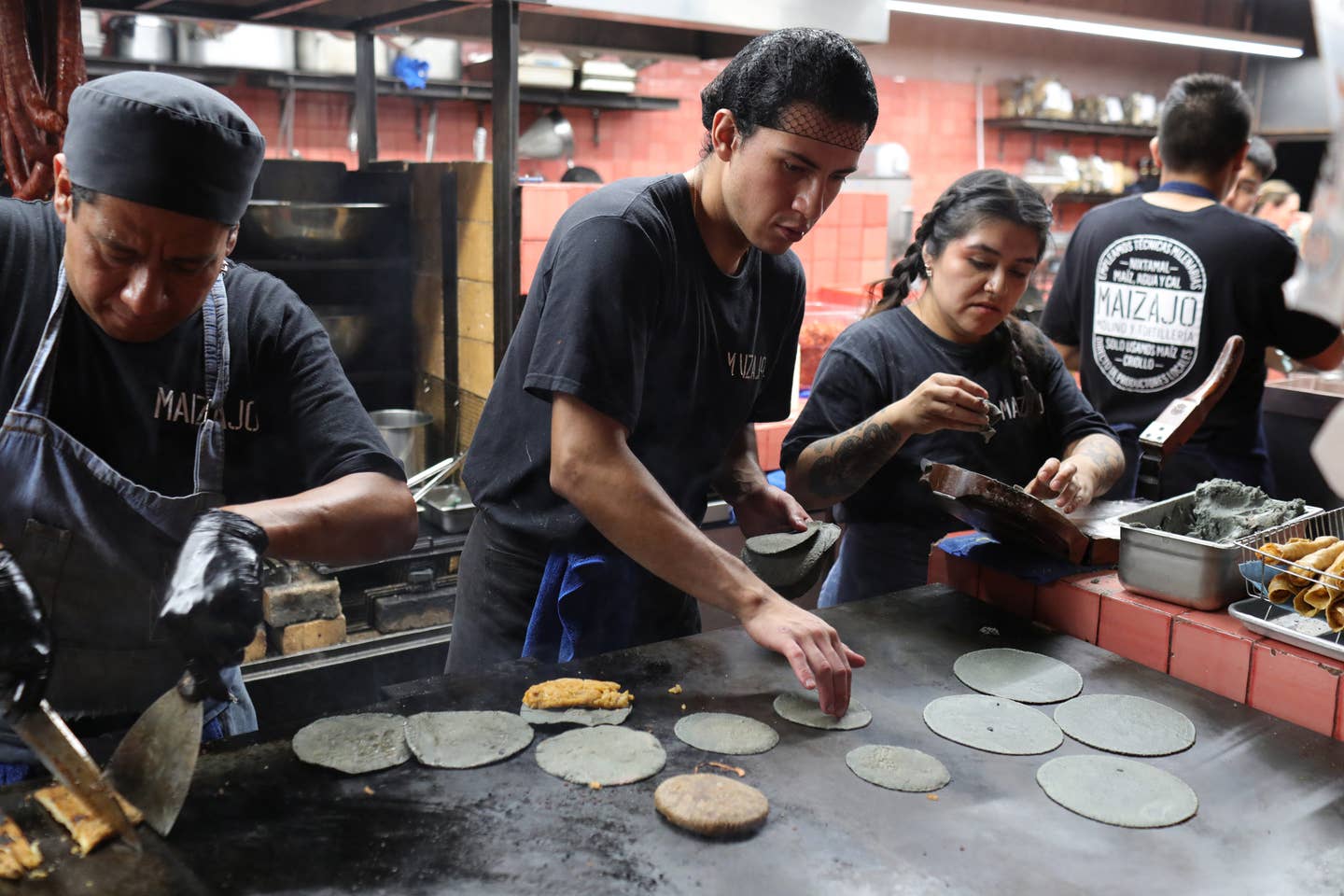
Are Fighting Bulls Spain’s Next Great Delicacy?
As the nation’s infamous bullfights plummet in popularity, ranchers—and the historic ecosystems they tend—are suffering. But now a cadre of chefs and activists are trying to convince diners that the meat is as precious as jamón Iberico
The toro bravo, or fighting bull—a hulking ton of muscle bred to fight matadors—doesn't necessarily sound like an appetizing source of meat. But Mario Sandoval, the co-founder of Madrid's two-Michelin-starred Coque, thinks it could be the next premium protein of Spain.
"Ten years ago, no one ate fresh Iberian pig meat—they only ate it as cured sausages and jamón," he says. "Today, you can find pluma or secreto [tender cuts of Iberian pig meat] in any restaurant."
For centuries, ranchers throughout southern and central Spain have raised toro bravo for bullfighting. But as animal welfare concerns and other factors have sent the sport's popularity on the decline, those ranchers are now struggling to turn a profit from their once-famed breeds. In 2015, the Spanish newspaper El País, citing the Ministry of Culture, reported that the number of yearly bullfights had decreased from 953 to 398 between 2007 and 2014, and a 2016 online poll by Ipsos MORI for the organization World Animal Protection found that only 19 percent of Spaniards support bullfighting in comparison to the 58 percent against.
Chefs like Sandoval have taken notice, and enticed by the challenge of preparing a hardy cut, the bull’s lean, flavorful musculature, and the low environmental impact of raising the animals, are giving diners a taste of the fighting bull’s prowess beyond the ring.
Eating toro bravo itself isn't new; people have been doing so for as long as ranchers have bred the animals for bravura, or the driving animus behind a bullfight. But the practice was historically limited to local festivals and agricultural fairs. As Dr. Ismael Díaz Yubero, author of The Gastronomy of the Fighting Bull puts it, consuming fighting bull meat was typically a communal event.
"The most aggressive bulls were the ones chosen to fight in the corrida [bullfighting ring]," Díaz Yubero explains. "For those bulls, after the fight was over and they were killed, they were fed to the entire town."
Evaristo Castro Lópel, a butcher at Mariscal, a delicatessen in Granada, says today, fighting bull meat is rarely prepared in people's homes. "It's a tougher cut, and you need to age it for at least a month," Castro Lópel notes. The typically low commercial prospects for fighting bull meat's strong, gamy-tasting cuts are reflected in its price: Castro Lópel claims it costs, on average, 4 euros per kilogram, compared to 9 euros per kilogram for meat from a regular bull, while others state it can run as low as 2.80 euros per kilogram.
While some may be drawn to the appealing price tag, others just enjoy the challenge of the animal's seemingly prohibitive characteristics. At Restaurante Terraza Carmona in the northern city of Vera, Antonio Carmona runs the annual "Fighting Bull in the Kitchen" festival. For over two decades, this week-long event has drawn chefs from around Spain (and more recently, the world) to experiment with the meat of the toros de lidia, or fighting bulls sacrificed in the plaza. There, chefs have transformed the carcass into tataki-style steak as well as stewed fighting bull "bombones" (ersatz chocolates) with kanafeh.
"The meat is richer, so it can absorb more flavorings," Carmona says, and goes on to explain that aside from the slight challenge of aging the cut, meat from fighting bulls is surprisingly versatile. "You can use traditional [beef] recipes and make them extra special by adding toro de lidia, adding an extra kick."
Spain's fighting bull population is shrinking, from 251,231 in 2010 to 199,662 in 2016, according to census data from Spain's Ministry of Agriculture, Food and Environment. As Fernando Huidobro, president of the Andalucian Academy of Gastronomy and Tourism explains, this isn't just a problem for ranchers; it also is causing a negative environmental impact.
Unlike commercially raised cattle, fighting bulls are raised on dehesas, the meadows throughout southern Spain and Portugal that also nurture the Iberian pigs destined for premium jamón Iberico. And like those pigs, fighting bulls are an integral part of that ecosystem, along with oak and cork trees and other endangered species. The bulls, Huidobro goes on, roam free to munch on grass, but also other vegetation that could grow unchecked into a thick, undesired brush. Others have argued that the bulls and ranches protect the land and its inhabitants by restricting public access.
Chefs and curious eaters who agree with Huidobro have pushed to popularize the culinary use of the fighting bull meat and, potentially, even increase its value among consumers. Díaz Yubero's book, which was published in 2013, includes a number of recipes featuring toro bravo meat; the fighting bull ranch Valdellán recently began to produce cecina del toro de lidia, a dried meat similar to jamón Iberico, while more restaurants are celebrating weeklong festivals featuring menu rife with toro bravo options.
The loudest support has come from Mario Sandoval of Madrid's Coque. Last year, at the gastronomic forum Madrid Fusión, Sandoval presented his research with the Spanish National Research Council on fighting bull meat. There, he emphasized its health benefits (low fat and high vitamin levels) and environmental merits (organic, ecological, sustainable) and even demonstrated how to transform cuts into cecina and chorizo. Ultimately, he hopes its popularity will bleed into the mainstream, allowing the general public to reap its benefits.
“The fighting bull breeders help support the rural population and boost its economy, especially in the most depressed areas,” Sandoval said. “The breeders are environmental managers. They have a model that’s based on tradition, and they take care of the natural environment like it’s a legacy that is passed on from generation to generation. So with this method of breeding, everyone wins.”
Keep Reading
Continue to Next Story










